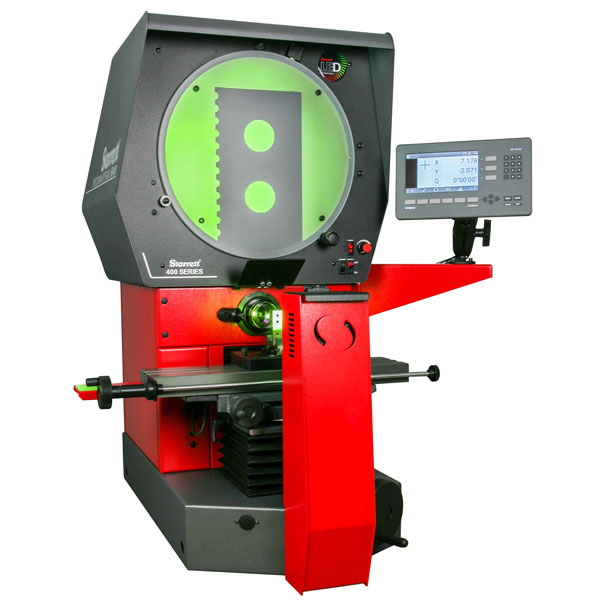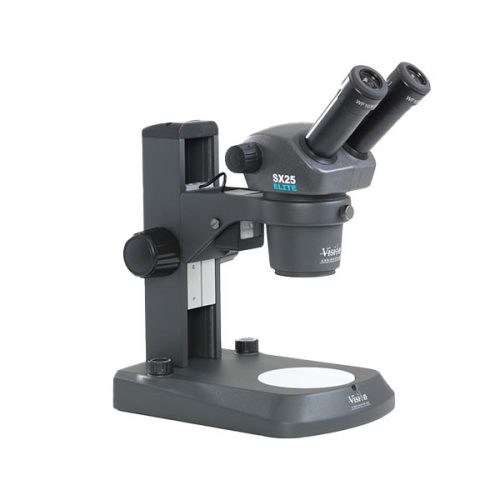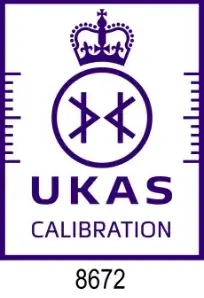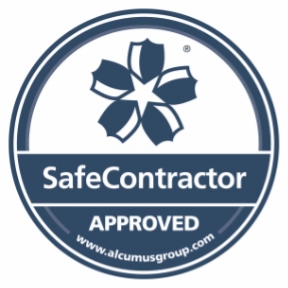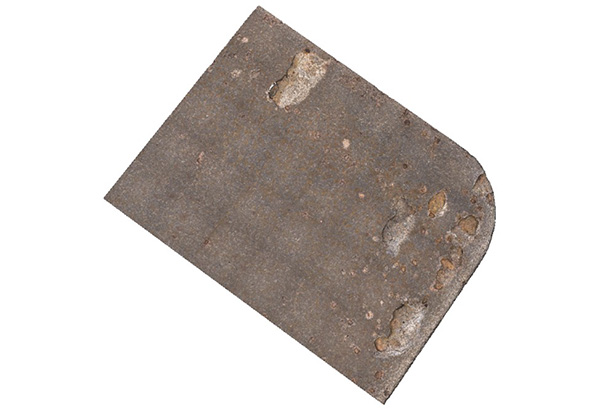
Corrosion measurement and testing can eliminate service failures
Understanding the rate of corrosion that occurs in metallic parts is important when choosing materials so that manufacturers can avoid premature service failures. Although some components are still made with a proportion of sacrificial material, knowing the rate that corrosion occurs provides engineers with a template for in-service inspection within airframes. Traditional methods, such as weight loss analysis, allow assessment to be made of the overall loss of material caused by corrosion and it is important to understand how and how quickly this grows from a small pinhole.
Corrosion isn’t just unsightly or inconvenient. As metal components deteriorate, their integrity weakens, compromising the entire structure of the airframe. In an environment that deals with high levels of stress, corrosion rates must be factored into the design and build process.
Optical metrology provides the solution for corrosion rate evaluation and replica measurement
Optical 3D surface metrology systems provide a solution to the questions of corrosion rates and if component corrosion is within safe limits, and the InfiniteFocus systems from Bruker Alicona meet these requirements. Based on the focus variation technique, they scan vertically over a surface collecting data and providing a 3D data set displayed as a 3D image of the surface with defects clearly displayed.
This allows the user to examine the surfaces in crisp detail, quickly and efficiently. The definition of large and small pits can easily be seen in the data sets shown below in Figure 2. The left-hand image showing large corrosion pits and the right one displaying small corrosion pits. This is shown even more graphically when the data is displayed in pseudo colour related to height in Figure 3.
The large and small pits can be seen, and the pseudo colour image makes the difference and degree of surface damage more apparent. Using the Bruker Alicona system, with built-in analysis, provides full surface data which includes several defects, maximum depth, maximum projected area, maximum true area, maximum volume, and area of defects as a percentage. As corrosion develops over time, the Infinite Focus database function allows images to be saved and compared with earlier ones for defined corrosion measurement. The rate of change and so the progression of the defects can be assessed.
There is often a requirement to carry out corrosion testing on round components. Using the optional Real3D rotation system automates carrying out full 3D measurement of the length and circumference of the coupon providing the same corrosion measurement capabilities as with the flat coupon.
The system is can also be used for the accurate 3D measurement of precision replicas where direct access to a defect is not possible
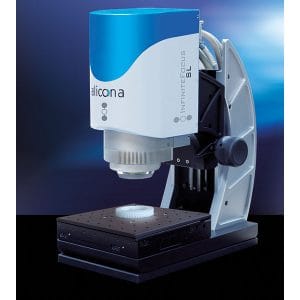

Optical metrology provides the solution
It can be clearly seen that Optical 3D metrology can offer a solution to the measurement of micro pits caused by corrosion. In a simple to use package and not requiring any metrology knowledge to operate, users can easily scan a surface and measure pit size and volume, giving a quantitative measure of corrosion damage.


